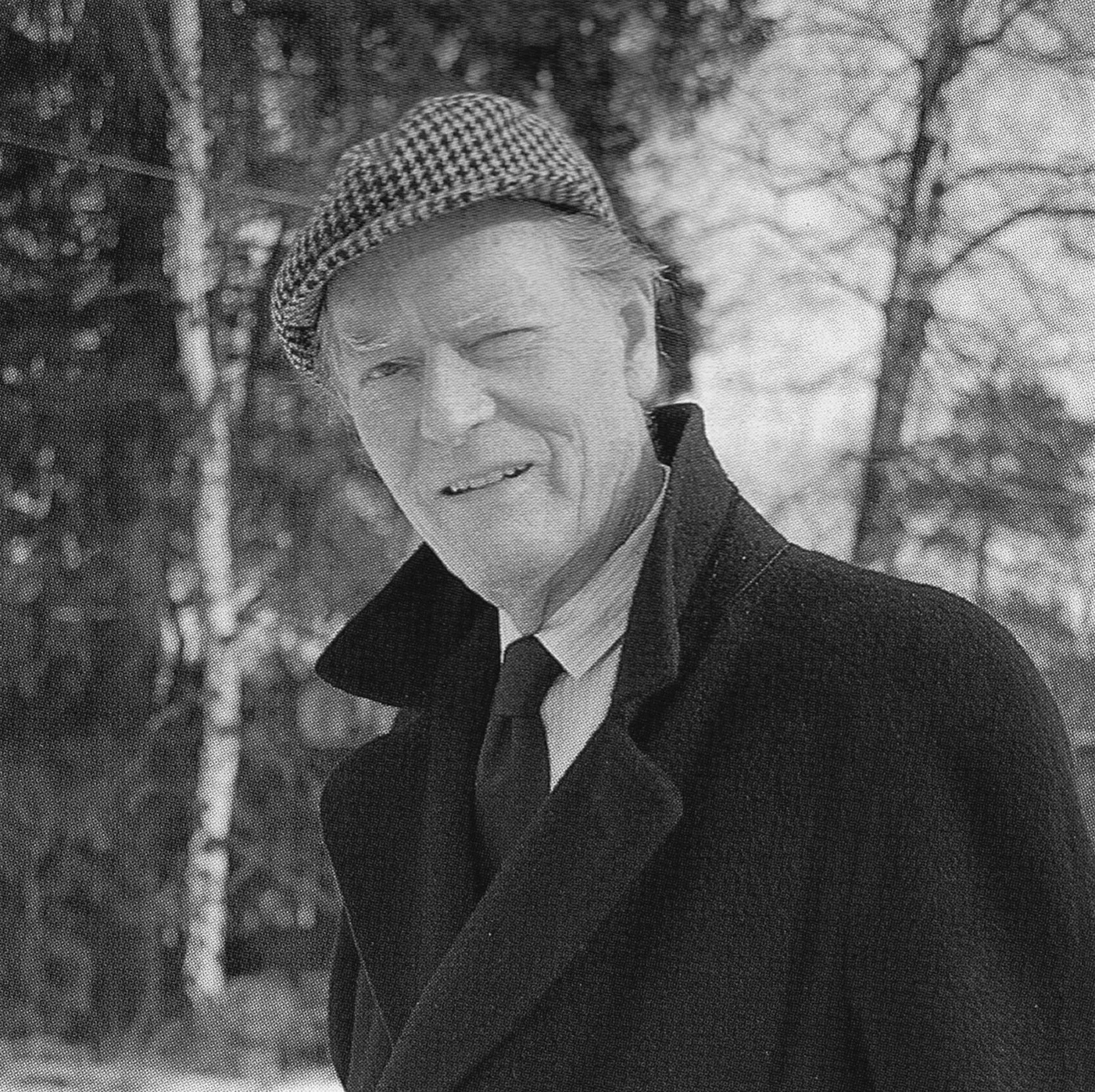
Information
Content includes:
Nationalised Advertising Art in France (Francois Stahly)
Savignac Recent Posters (Robert Guerin)
Nathan. (Charles Rosner)
The Upjohn Company. The Creation of an Advertising Character (William B. McDonald)
Indian Painting (Basil Gray)
Ashley: Artist into Art Director (Charles Rosner)
Art of the Watermark (Dr. Armin Renker)
The Beginnings of Printed Graphic Art in Europe(Dr. Arnold Pfister)
Manfred Reiss (Basil Bard)
Poster Advertising of a Daily (Mildred Constantine)
Printed Furniture (Gio Ponti)
Details
Linked Information
